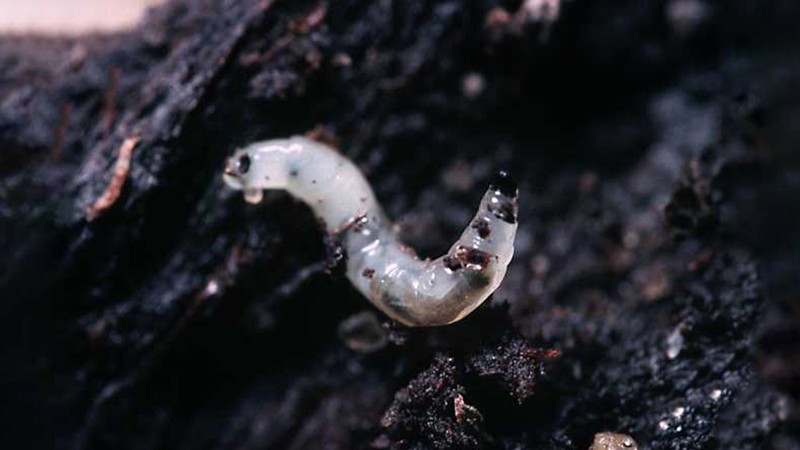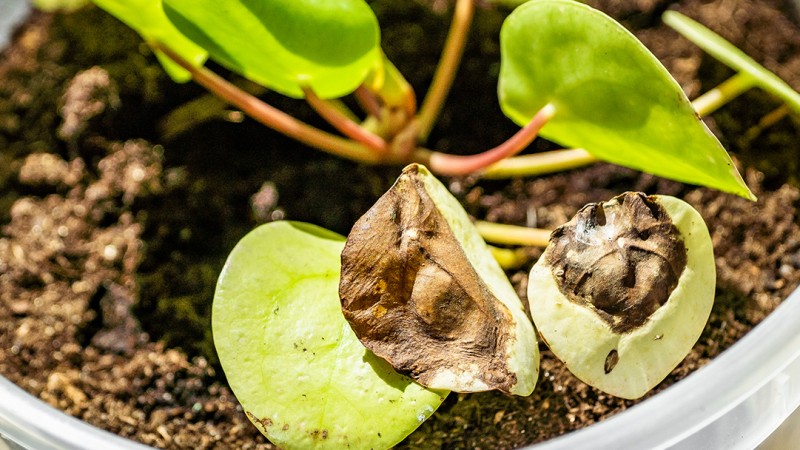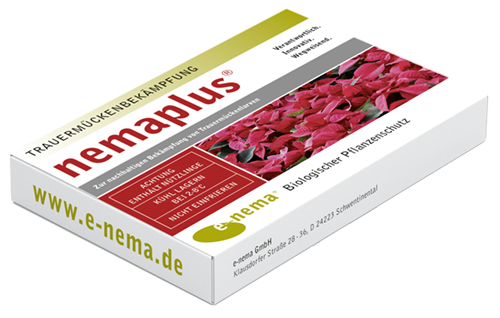Sciarid
Control sciarid flies with nematodes
Bradysia sp., Lycoriella sp
The sciarid flie, also known as fungus gnat, belongs to the family Sciaridae and is a common pest in flower and herb pots on the home windowsill e.g. in basil, parsley or chives.
Sciarid flies are very small black gnats, only about 3 mm in size. They are easily recognized by their two long wings and sluggish, lurching flight. Their larvae are about 5 mm long, legless, slender, glassy translucent with a dark head.
Females fungus gnats lay 50 - 300 eggs in moist soil. At temperatures of 21 °C, development from egg to larva and pupa to adult takes about 28 days. Fungus gnats do not prefer specific plants, but prefer a moist nutrient-rich environment. When they appear in flocks, they can become very annoying just by their presence, even if they do not cause significant damage. They fly up from pots when watering. Indoors, fungus gnats are active all year round.
Damage caused by sciarid fly larvae
Sciarid larvae infest plants in greenhouses, conservatories, on terraces, balconies and flower windows in flower and herb pots. They bore into the roots and stems of seedlings, cuttings and young plants. The consequences are poor growth, wilted leaves and death of the plant.
Control fungus gnat larvae with nematodes
The nematode species Steinernema feltiae specializes, among other things, on sciarid larvae and can use them for its own feeding and reproduction. The larvae of the fungus gnat can be controlled all year round as long as the soil temperature is at least 8°C. For the control of fungus gnat larvae, we offer various products that act on the basis of SF nematodes.



